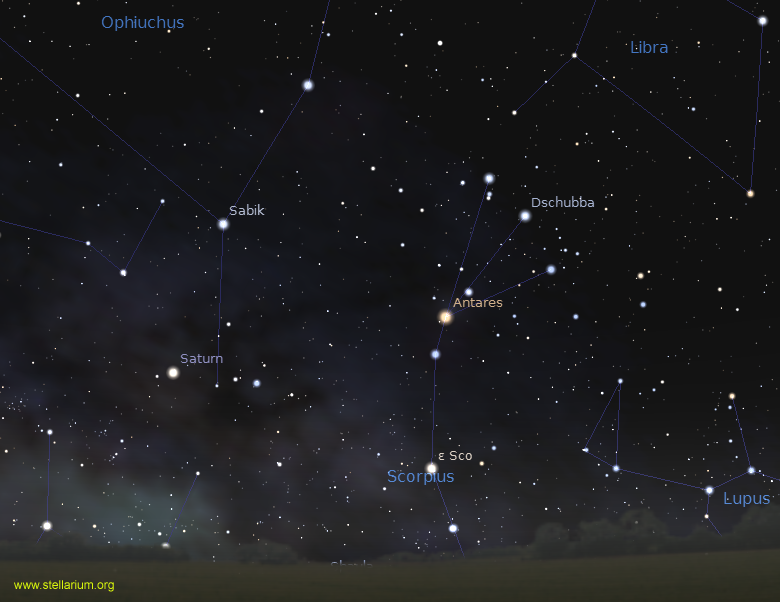Ursa Major
The great bear commonly known as the Big Dipper is a circumpolar constellation that never sets from Canadian locations. Its familiar four stars of the bowl and three stars of its handle are bright enough to be recognized at first glance. At this time of year, the Big Dipper is directly overhead and well placed to observe its celestial treasures.
Ursa Major is a great reference marker and jumping point to other constellations such as finding the North Star. To do this, draw an imaginary line through the two front stars from Merak and up through Dubhe located 79 light-years and 123 years respectively. Now continue this same line until it brings you to Polaris – the pole star. This 432 light-year F7 yellow supergiant star has a very close companion.
One of the best visual double stars in the sky belongs to the middle star in the handle called Alcor and Mizar (the rider and the horse). Splitting them with the naked eye is a good indicator of sky condition. With a telescope, you can now see how Mizar itself is a close double star.

Amongst the handful of Messier objects that reside in and near Ursa Major, the Owl Nebula is a challenge to see visually. At 2,600 light-years from us, M97 is a faint planetary nebula that spans two light-years in width. The Owl is nicely positioned close to the bowl star Merak. Not too far is the 10th magnitude galaxy M108. Located 45 million light-years, the galaxy also called the Surfboard Galaxy, appears cigar-shaped. Separated by one and a half times the width of the full moon both make a striking contrast.
Moving to the other bowl star named Phecda located 83 light-years we find the galaxy M109. At a distance of only 38 arc seconds, you will have to keep the bright magnitude 2.4 star out of the field of view to catch the much fainter magnitude 9.8 galaxy. There are numerous other galaxies in and below the bowl to locate and enjoy.
The planet Jupiter is high in the sky for most of the night and sets at 2:45 a.m. eastern time at the beginning of the month. There are three double transits of the Jovian moons visible this month on the 2, 4 and 20. Check page 234 of the Observer’s Handbook 2017 for details. Times are listed in Universal Time so remember to convert to your time zone. The king of planets becomes stationary on the 5th.

Saturn is nestled in the Milky Way with a wonderful background of stars. It rises in the southeast by 10 p.m. It is at opposition on the 15 and sets in the west at sunrise. Venus rules the morning sky at is at its greatest western elongation on the 3rd at 46 degrees from the Sun. On the morning of the 3rd, the planet Uranus will be 1.8 degrees north of Venus. A great photo opportunity with the pairing of the crescent moon comes on the morning of 20 and 21.
On May 14, a magnitude 12.6 supernova was discovered in NGC 6946. The face-on galaxy is located in Cygnus at an estimated 22 million light-years away and is listed at magnitude 9.6. This galaxy is a hot spot for supernova activity as this latest discovery makes it the tenth in the past 100 years.
The summer solstice occurs on June 21 at 12:24 a.m. EDT. The full Strawberry Moon occurs on June 9 at 9:10 a.m. EDT with the new moon (lunation 1169) on the 23rd.
Until next month, clear skies everyone.
Twitter: @astroeducator
